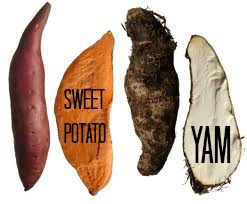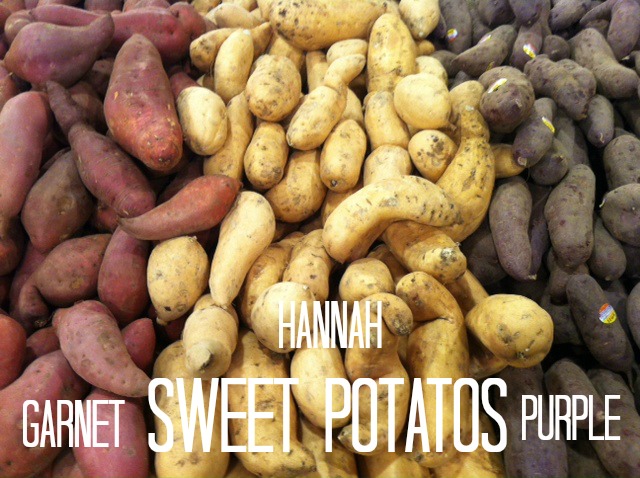How to Saute without Oil
/Sautéing without oil is easier than you'd imagine. You can create wonderful flavors while skipping 100s of unnecessary calories and fat. Here's how.
Instructions:
- Put any pan (non-stick, stainless steel, cast iron etc.) on medium-high heat.
- Add chopped onion and stir with a spatula. Stir frequently.
- Once the bottom of the pan begins to brown, add 1-2 tablespoons of water or veggie broth. Continue to stir the onion around. The liquid will remove 'the brown' from the pan and give your food added flavor.
- Repeat as many times as necessary until the onion is translucent. Then, you're done!
Helpful tips and tricks
- Don't saute chopped garlic on its own. It will burn! Add chopped garlic to the onion and other veggies once they've been cooking to avoid burning.
- Celery, carrots and mushrooms also sauté well as the 'base' veggie.
- More water/liquid will equal a softer, 'steamed' flavor.
- Less liquid will create a crunchier, sweeter flavor. You have to keep a closer eye on the pan and constantly stir. Otherwise, it will burn with less liquid.
- Sometimes you won't need any liquid, especially if using a non-stick pan.
- Use fresh and dried herbs and spices to add flavor to your dish instead of oils.
Why Shouldn't You Use Oil?
Here's a recap from last week's episode '5 Reasons Why Oil is NOT a Health Food.'
- Oil is low in nutritional value (1).
- Oil damages your endothelial cells.
- Cholesterol levels can be lowered quicker by eliminating oil and saturated fats together.
- Oil is the most calorie dense food on the plant -- it's difficult to maintain a healthy weight when oil is a regular part of the diet.
- Heart disease has been reversed with a plant-based, oil-free diet (2).
Take Control Now
What and when will you sauté without oil this week? What are your thoughts about sautéing without oil?
Click 'comments' and type your answers below this article.
Sources:
1. USDA Nutrient Database. Olive Oil. Agricultural Research Services. 2. Esselstyn, CB. Resolving the Coronary Artery Epidemic Through Plant-Based Nutrition. Preventive Cardiology 2001; 4: 171-177.








